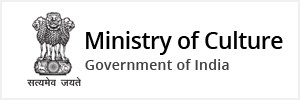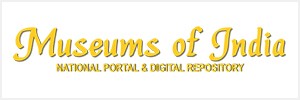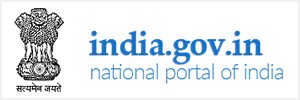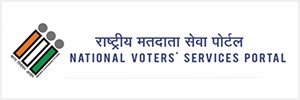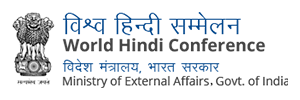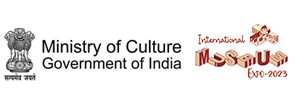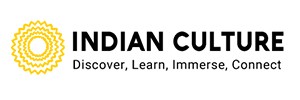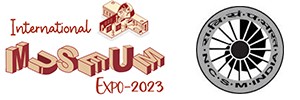- National Council of Science Museums (NCSM),Science Museum Group, London and Wellcome(UK) join hands to create awareness about antibiotic resistance across India
- ‘Superbugs’ kill up to 7,00,000 people a year, by 2050 that could rise to 10 million.
- The Exhibition is supported by Indian Council of Medical Research (ICMR) and will be on display till February 28, 2021.
Today, Prof. Partha P. Majumder, National Science Chair, Government of India, Distinguished Professor and Founder, National Institute of Biomedical Genomic, Kalyani Emeritus Professor, Indian Statistical Institute, Kolkata inaugurated the exhibition ‘Superbugs: The End of Antibiotics?’ at Science City, Kolkata. The exhibition has been organised by National Council of Science Museums (NCSM) in collaboration with Science Museum, Group, London, Wellcome (UK) and supported by ICMR. The Exhibition explores how society is responding to the enormous challenge of antimicrobial resistance (AMR) and antibacterial resistance (ABR) in particular featuring scientific research from across the globe and personal stories of those waging war on Superbugs.
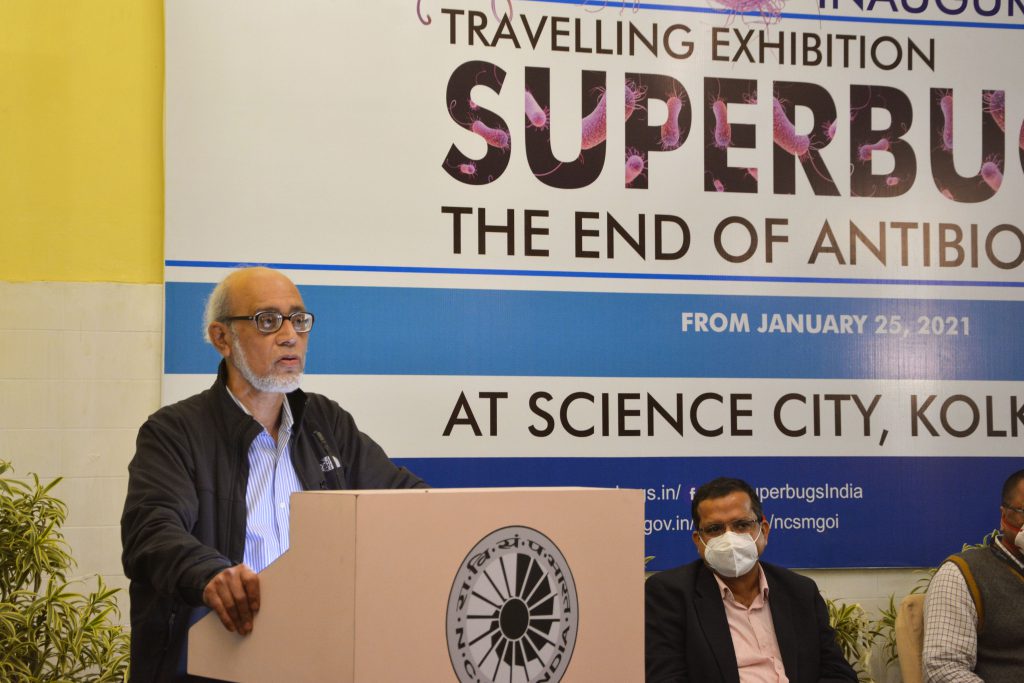
After lamp lighting ceremony, Shri Subhabrata Chaudhuri, Director, Science City, Kolkata welcomed the guests present at the venue and present virtually and said – ‘Bacteria, tiny organisms capable of causing disease are becoming resistant to antibiotics, our most powerful weapon against them and turning into Superbugs. Today antibiotic-resistant ‘Superbugs’ kill up to 7,00,000 people a year. By 2050 that could rise to 10 million. Hence, Antibiotic Resistance is the most pressing issue we are facing and its relevance has increased manifold in COVID times. The exhibition will enlighten you about the problem and the way forward’.
After this, Prof. Sibaji Raha, Chairman, Executive Committee, Science City and former Director, Bose Institute, Kolkata, Dr. Mammen Chandy, Director, Tata Medical Centre, Kolkata, Dr. Kamini Walia, Program Officer, AMR Division of Epidemiology and Communicable Diseases, Indian Council of Medical Research, Dr. Sanjay Bhattacharya, Senior Consultant in Microbiology, Tata Medical Center, Kolkata shared their views about Antibiotic Resistance virtually.
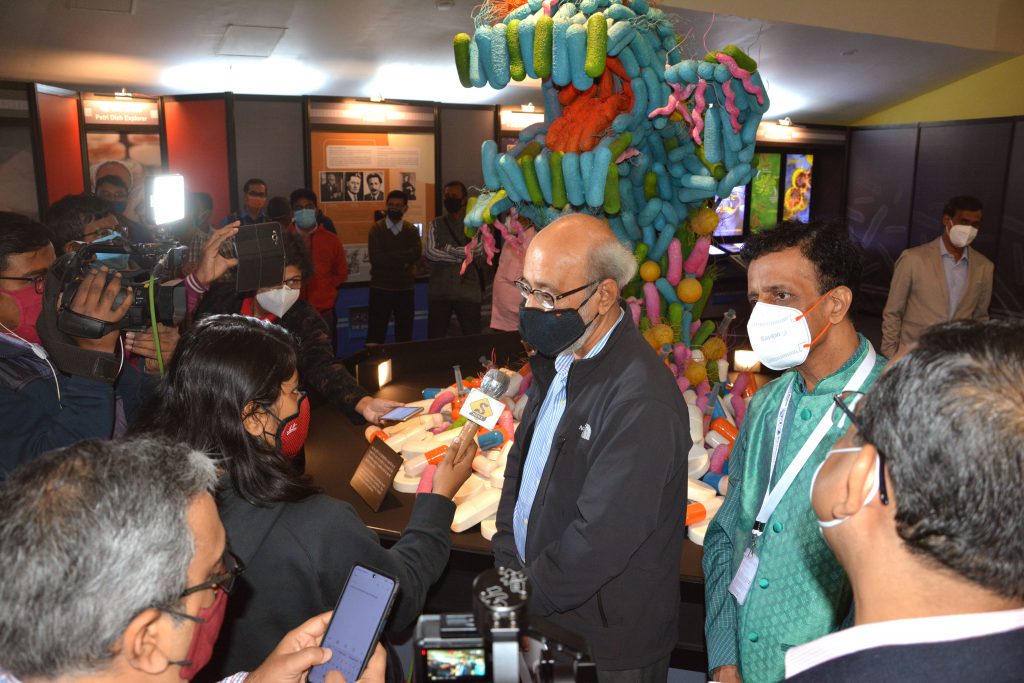
The exhibition consists of 30 exhibits, divided in three major sections: Microscopic, Human and Global. Microscopic Section explores the hidden world of bacteria. Be it their size or characteristics, evolution of superbugs or history of antibiotics; the exhibits of this section will take you on a journey in which you can zoom into the world of microbes, explore the touchscreen multimedia to understand how bacteria evolve into superbugs or flip a digital e-book to know the history of antibiotics.
On the other hand, Human Section showcases several stories, specifically from India, of how people are reaching out to combat the challenge of antibacterial resistance. When antibiotics stop working, lives are put at risk. People catch infections that can’t be treated. Hospitals find it difficult to keep the spread of bacteria under control. Farmers can’t treat their animals when they become ill. Our environment poses several risks for spreading ABR in human and animals as well. The section highlights how Doctors, Patients, Scientists, Researchers, Nurses, Campaigners, Pharmacist, Farmers all need to work in tandem to cope up with problem.
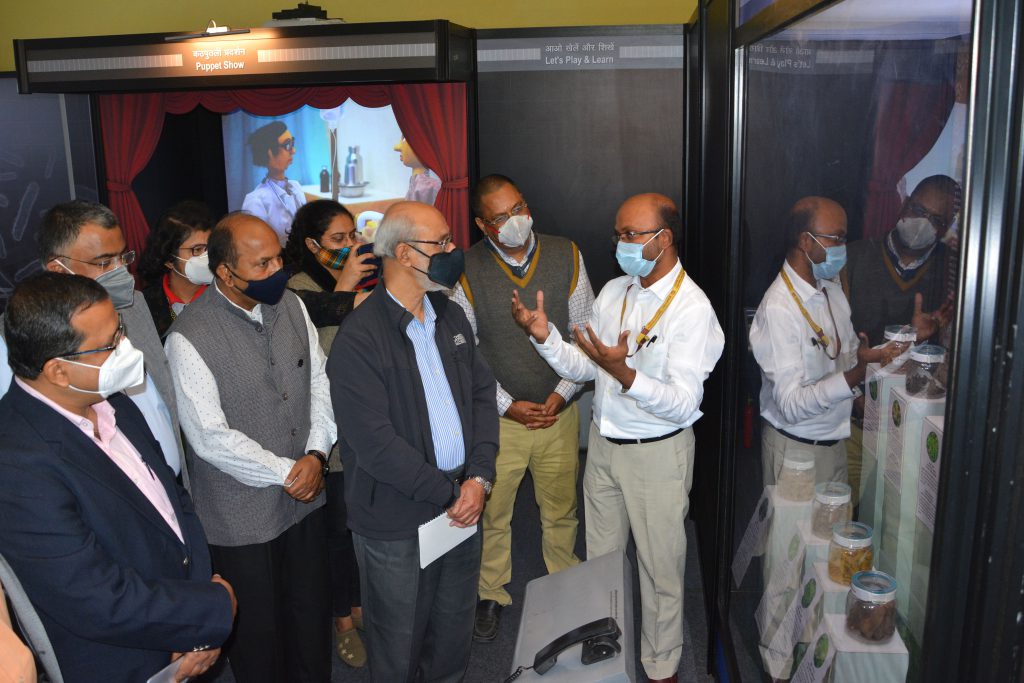
Bacteria are without borders and can travel further and faster around the world than we do. Moving through our bodies, food and water systems, Superbugs on a farm in one country can spread to hospitals on the other side of the planet. The Global Section explores the global initiatives in search of new antibiotics or alternate ways to combat the menace and the initiatives to create awareness on the issue.
“The purpose of the exhibition is to create awareness about Antibiotic Resistance and help develop public understanding of the issue through effective communication, education and training” – said Shri A. D. Choudhury, Director General, NCSM.
Sir Ian Blatchford, Director, Science Museum Group, said: “Antibiotics have not only added twenty years onto life expectancy globally, but they have also opened up the potential of complex surgeries, chemotherapy, and protective care for our most vulnerable people. Antibiotic resistance is a real threat to human health, today and for future generations. It is only through international cooperation that lasting change can be made, which is part of why it was so important for us to connect with the National Council of Science Museums (NCSM) to start a global conversation about this pressing issue.”
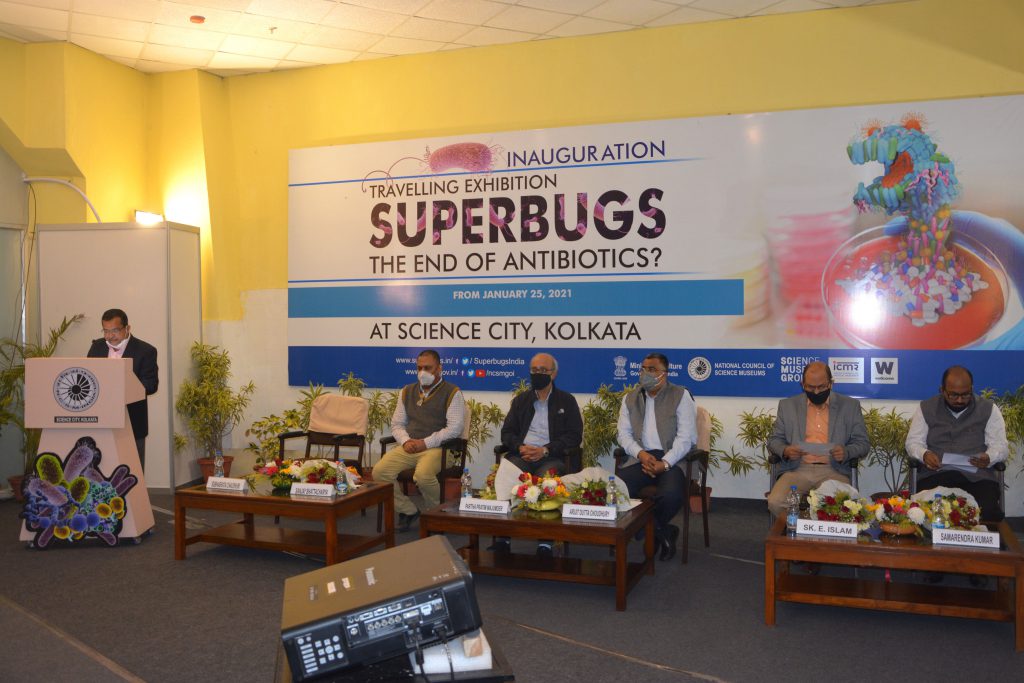
“Popular Science Lecture, Poster Making Contest, Puppet Show, Open House Quiz, Panel Discussion etc. are also being organised as side events of the exhibition” –added Shri S. Kumar, Director (Hqrs), NCSM.
An Audio Guide App has been developed which could be downloaded from the URL 192.168.0.2. Through this audio guide the visitor can listen to the information about the exhibits displayed in the exhibition.
Initially the exhibition was inaugurated by Dr Harsh Vardhan, Hon’ble Union Minister of Health and Shri Prahlad Singh Patel, Hon’ble Minister of State (I/C), Ministry of Culture, Govt. of India at National Science Centre, Delhi (September 6–November 17, 2019). Then the exhibition was further organised at Nehru Science Centre, Mumbai (December 18, 2019 – February 16, 2020) and Visvesvaraya Industrial and Technological Museum, Bangalore (November 23, 2020- January 3, 2021). Till now, more than 4.5 lakh people have visited this exhibition and the messages of the exhibition have reached to more than 10 lakh people through social and digital media.

